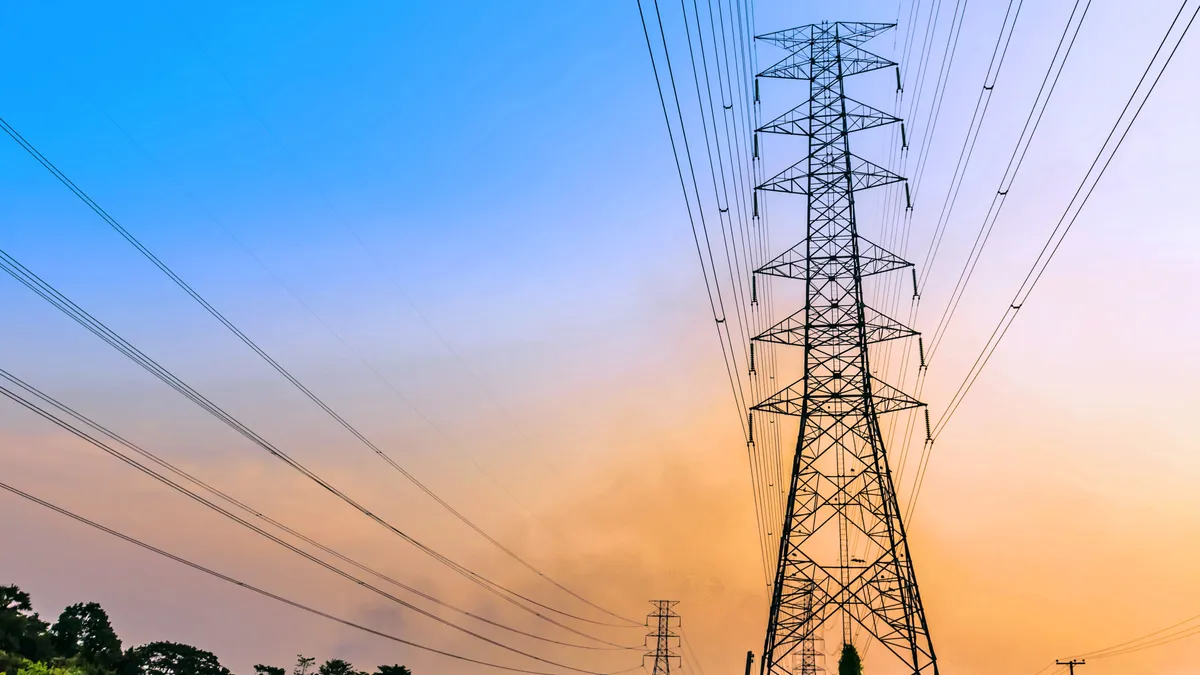Benjamin Dierker is the executive director of the Alliance for Innovation and Infrastructure.
Americans need power, and whether that electricity is supplied by traditional hydrocarbons or renewable technology, it must be transported through the long-distance high-voltage transmission lines that comprise the backbone of the energy grid. Whichever power source makes up this mix today or in the future, the reality is: we need more infrastructure.
While almost everyone agrees on the need for expansion — as much as 60% by 2030 — a key issue that remains unsettled is who will build it.
The two available options are to allow existing utilities a first opportunity to expand or to open a competitive bidding process for any qualified organization to propose a plan to build the new infrastructure. The natural benefit of existing utilities doing so is that they are already established in the area and have knowledge of the regional transmission system, the market and terrain. The alternative theory is that allowing greater competition may drive down prices and ultimately keep rates low for consumers. Unfortunately, in practice, this commonsense competition thinking misses critical costs that hide within the process.
Where new transmission infrastructure is concerned, more competition is not a guarantee of cost-competitive final operations. Chief among the hidden costs is time.
Tapping into commonsense once more, consider the well-known adage that time is money. Applied to the building of new transmission infrastructure, we can see time play itself out in at least three ways. First is the bidding process itself. This has to be planned for and opened for a period of time, bids must be evaluated and selected, then the winner must take the first steps to begin executing on their proposal. With a right of first refusal, much of this time can be avoided or reduced — saving time and saving money.
The bidding process alone can take up to a year, or as one former commissioner at the Federal Energy Regulatory Commission has explained: “years.” That time leads to the next two immediate cost concerns: affecting the realistic final cost of the project irrespective of the bid and the negative externality imposed on people and organizations depending on the power that they can’t yet access.
A second time-caused concern is that this process allows a year or more to pass during which economic, geopolitical and market conditions will change, which could ultimately further inflate the project’s cost and increase uncertainty. This may represent hidden costs within the actual bid price that manifest in the final work. Estimations for what things may cost today are simply not what they will cost in a year, even in a normal inflationary environment. Since 2021, just the added time could inflate a total project cost by over 20% — which for a large-scale project can be millions of dollars.
The third way time functions as a cost is missed opportunities. Any delay means that power is not yet flowing. The unrealized and lost productivity from that delay represents many costs. When factoring in lost productivity from the delay, there may be losses on the order of tens of millions of dollars in unrealized economic potential. That may derive from power users relying on less efficient or less reliable power during the wait, or simply delaying their operations until power is available. This can lead to ripples that delay or undermine other investments. The uncertainty from this delay can also act as its own upward pressure on costs as investors price uncertainty into their behaviors across the wider economy.
Ultimately, this bidding process does not exist in a vacuum. Timing concerns are one of several factors that directly affect project feasibility, including delays inherent to regulatory compliance, along with logistical considerations and economic factors, which have pushed some projects out more than a decade. In such an environment, added delays from competitive bidding that are no guarantee of financial bargain cannot be made the default.
A right of first refusal is not a reward for any utilities or builders at the expense of others. It merely recognizes the need for new infrastructure and provides a first opportunity to those already operating existing infrastructure. The best course of action is to avoid any unnecessary delay when people, communities and commercial power users are waiting to be connected to power.














